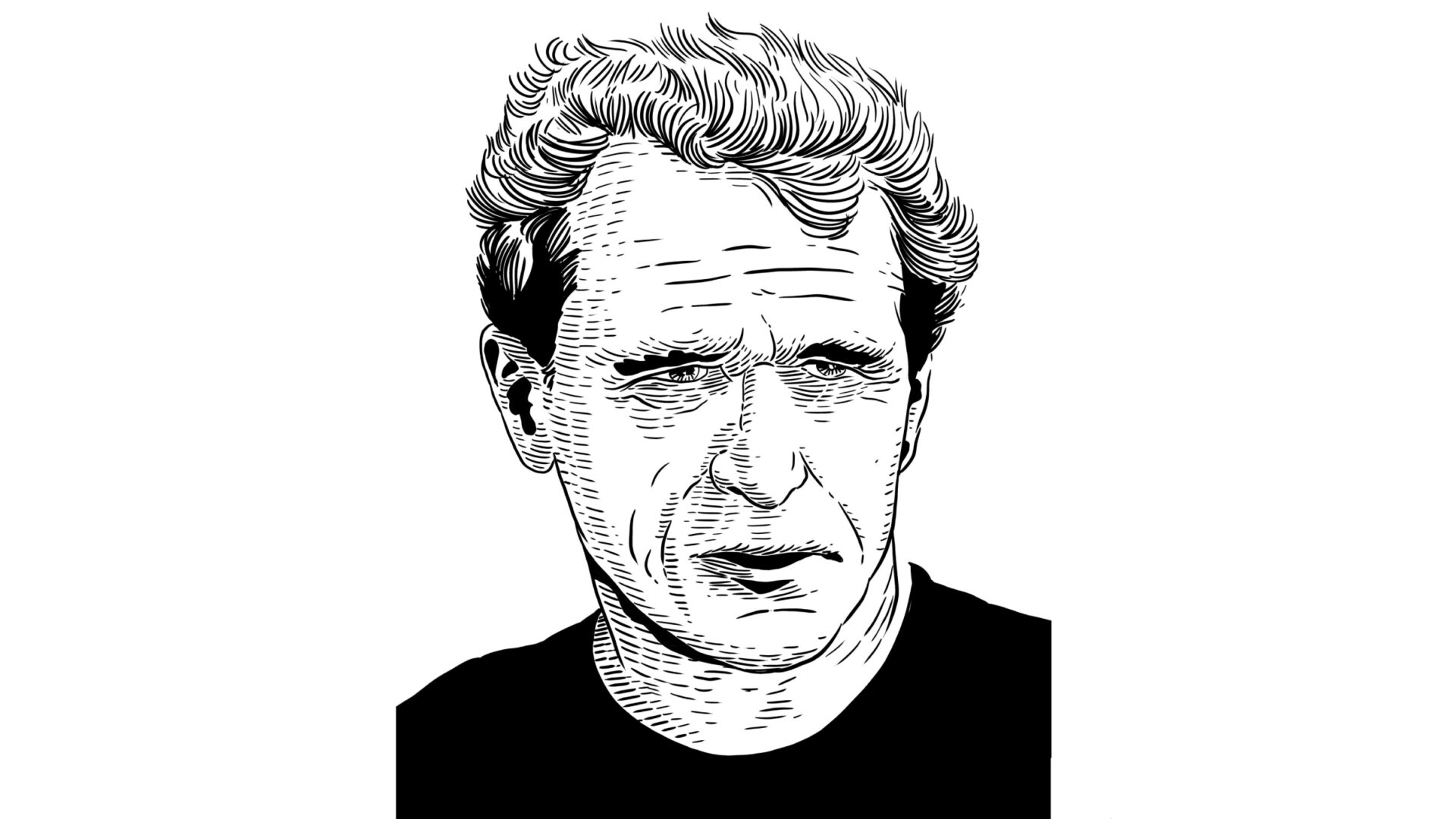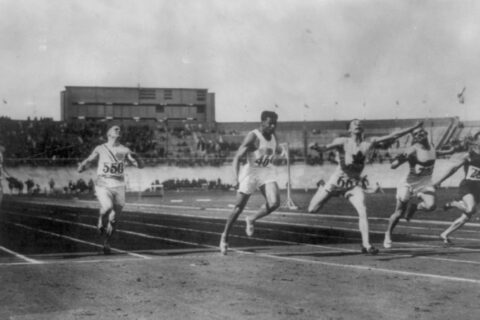Legendary running coach Arthur Lydiard revolutionized the sport with his approach to periodized training. In the 1960 and 1964 Olympics, his athletes rose to prominence, putting his 100-mile training week on the radar of running coaches worldwide.
Legendary running coach Arthur Lydiard revolutionized the sport with his approach to periodized training. In the 1960 and 1964 Olympics, his athletes rose to prominence, putting his 100-mile training week on the radar of running coaches worldwide.





